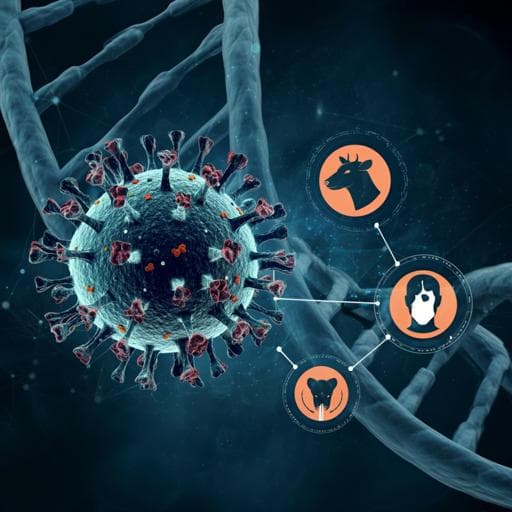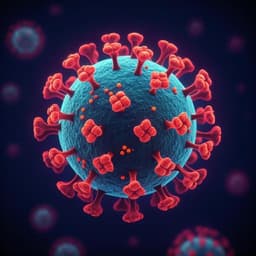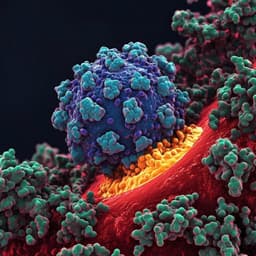
Medicine and Health
Transmission of SARS-CoV-2 from humans to animals and potential host adaptation
C. C. S. Tan, S. D. Lam, et al.
Explore how SARS-CoV-2, the virus behind the COVID-19 pandemic, adapts in various mammals! This study by Cedric C. S. Tan, Su Datt Lam, Damien Richard, and colleagues delves into unique mutations in mink and white-tailed deer, revealing insights into the virus's ability to jump hosts with minimal adaptations. Discover the implications of these findings on human transmission dynamics.
~3 min • Beginner • English
Related Publications
Explore these studies to deepen your understanding of the subject.







